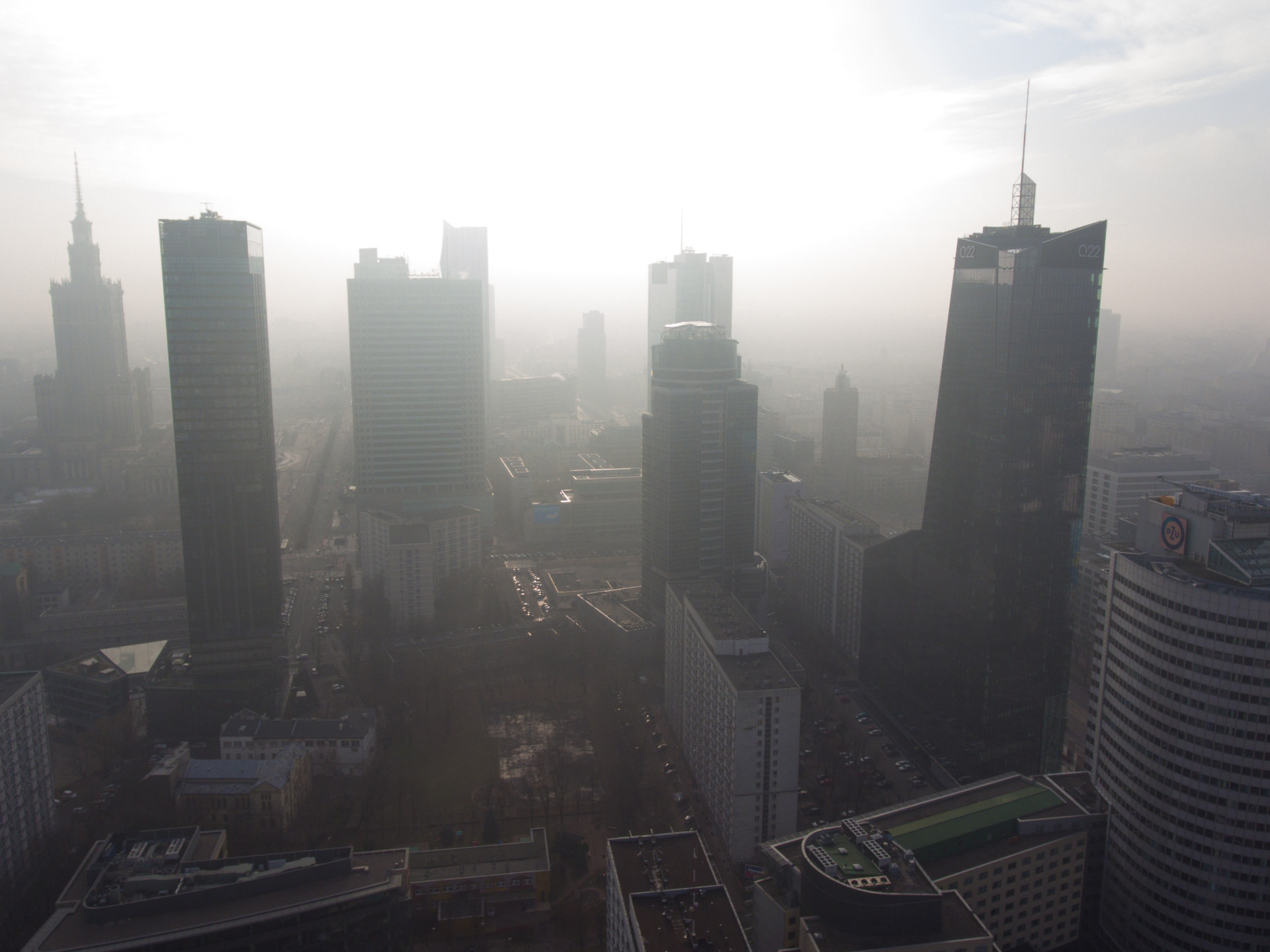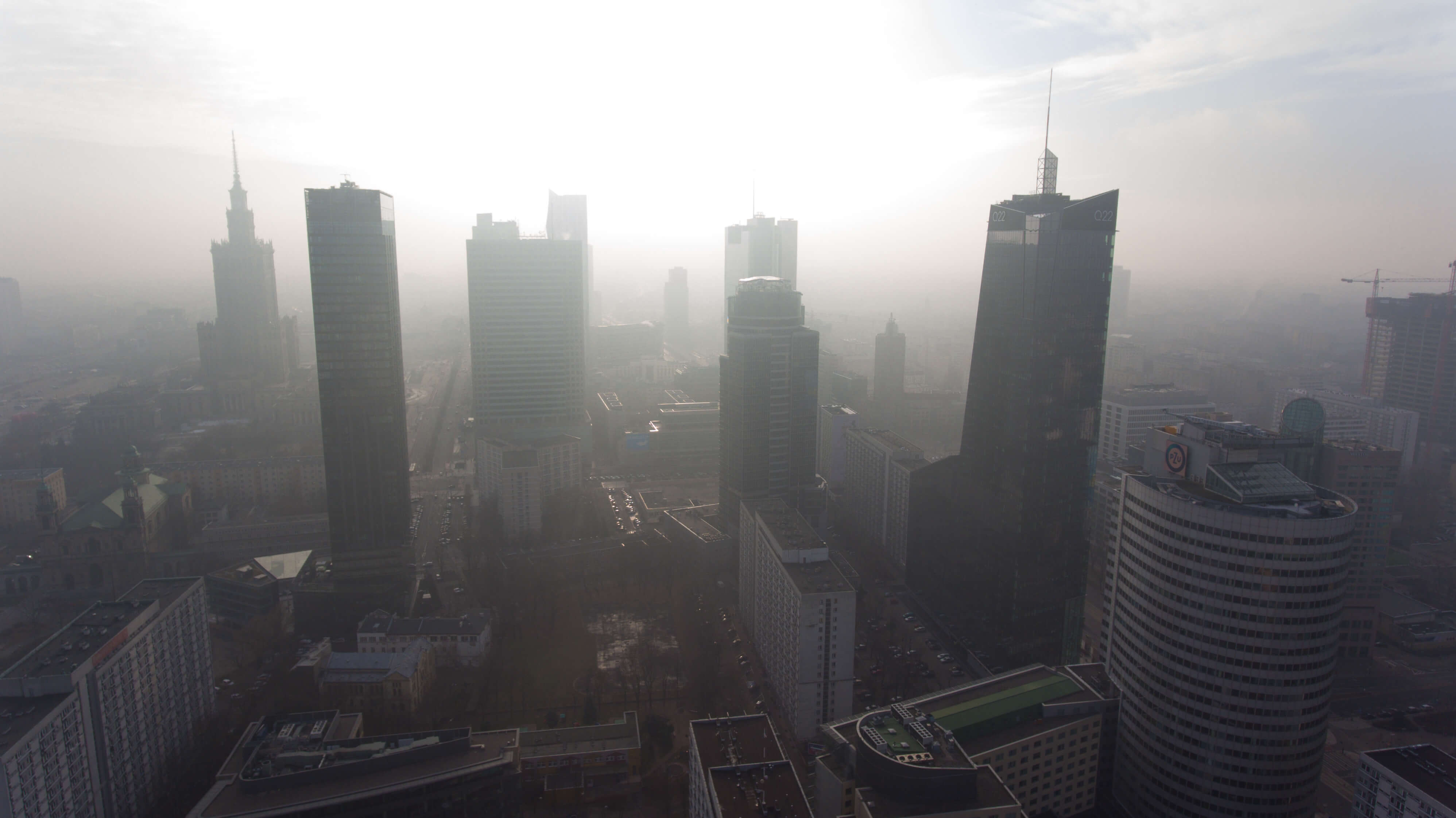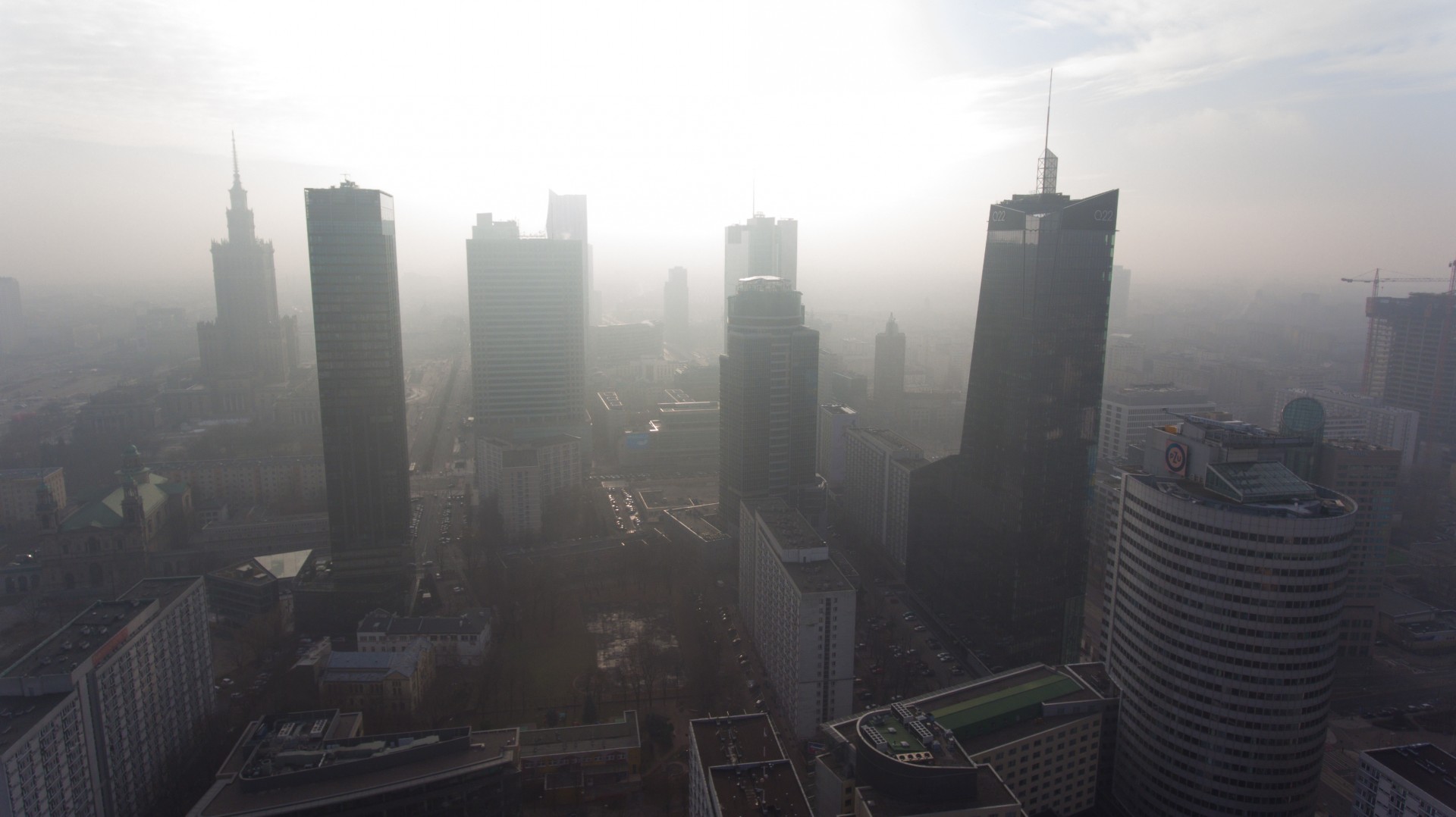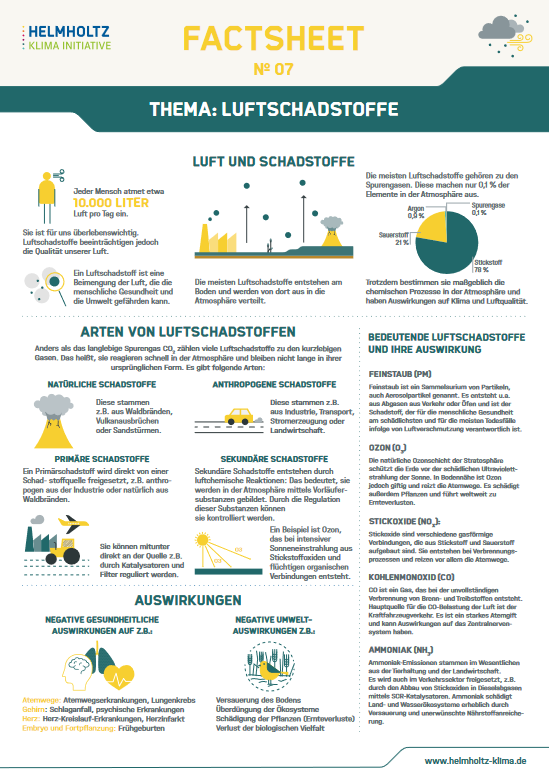Clear(er) skies ahead


A new Helmholtz Climate Initiative factsheet spotlights the link between air pollutants and health. Meanwhile, the latest figures from the German Environment Agency offer hope: nitrogen levels in German cities decreased significantly last year.
Pollutants such as nitrogen oxide and particulate matter affect the air we breathe. While they can occur naturally, for example during volcanic eruptions, they are also a result of human activity, especially in cities: emissions caused by traffic, industry, and generating power greatly impact our health and the climate. Our new “Air Quality and Pollutants” factsheet reveals precisely how.
Since air pollutants affect our health, the latest figures from the German Environment Agency on the development of nitrogen oxide and particulate matter in German cities in 2020 give us hope. Even though not all of the data has been analyzed yet, the Agency sees a clear trend: nitrogen dioxide levels in the air decreased significantly across Germany last year. In 2020, the annual mean limit of 40 micrograms of nitrogen oxide per cubic meter of air (µg/m³) was exceeded at around only 3 to 4 percent of the monitoring stations. In 2019, that figure still stood at 21 percent.
However, the reason for this is not the COVID-19 pandemic. The decrease in traffic during this period probably only reduced the concentration of nitrogen oxide in the air by less than 1 µg/m³. Rather, general road traffic is the main cause in cities – diesel cars in particular. Existing and newly registered vehicles emit around 3 µg/m³ less nitrogen oxide thanks to software updates. Local measures such as speed limits and driving bans, as well as lower-emission buses, have reduced levels by an additional 1 µg/m³.
Related links
Zahlen vom Umweltbundesamt
What is fine dust?
Fine dust is a mixture of solid and liquid, tiny dust particles. Depending on their size, these particles are divided into different groups.
- PM10 particles (PM=particulate matter) have a maximum diameter of 10 micrometres
- PM2.5 particles have a diameter of less than 2.5 micrometres
- Ultrafine particles have a diameter of less than 0.1 µm
Particulate matter is mainly produced by human activity, for example emissions from motor vehicles, stoves and heaters in homes or in metal and steel production. But there are also natural sources such as volcanic eruptions or soil erosion. Particulate matter has a significant impact on health: the European Environment Agency estimates that in 2018, around 711,000 life years were lost in Germany due to exposure to PM2.5.
(Source: UBA)

